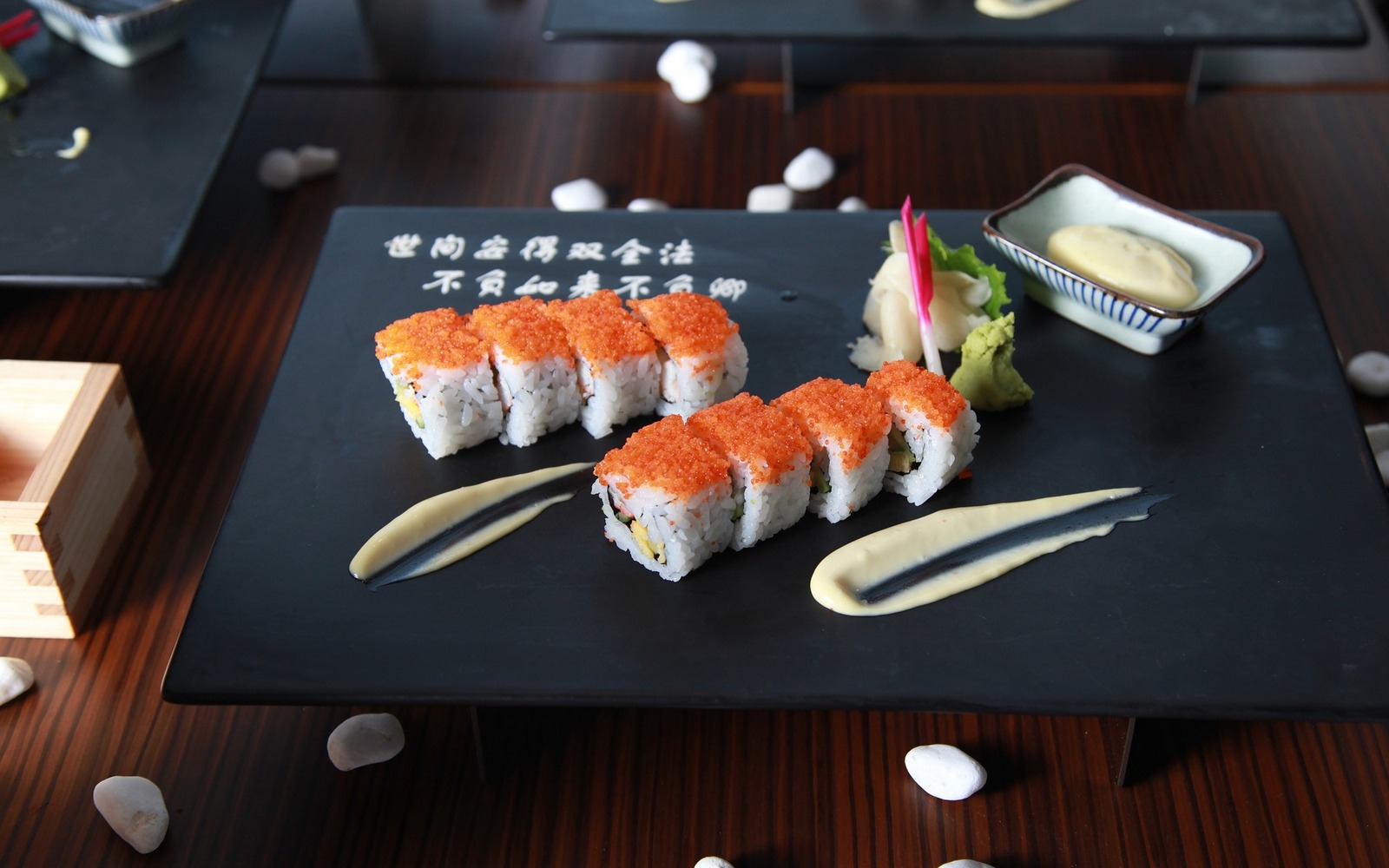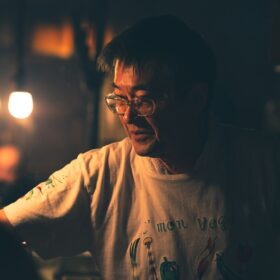The aesthetics of food

There are not many cuisines of the world that have been designated as UNESCO World Intangible Cultural Heritage. The pearl of this collection is Japanese cuisine. Small plates of all kinds of shapes on the table, small pieces of food that are easy to grasp with chopsticks and put in your mouth, clear appearance of the ingredients that make up the meal – this is the desire of the Japanese for elegance of design and aesthetics. Japanese attention to detail can also be seen in their attitude towards food: young people are served larger portions than the elderly because of the different metabolism, the food in the winter season is different from the summer, the design of dishes becomes an art.
Simplicity, ease of preparation, fresh products – the basics of Japanese cuisine. A regular grocery store on the corner or a high-end restaurant in the city center will offer its customers the same fresh food. In Japan, food packaged and offered for sale has a shelf life of no more than a day. It is hard to believe that the universally loved and famous Japanese cuisine was once closed to the world due to the policy of national seclusion until 1868.
The earliest evidence of Japanese cuisine goes back to Mesolithic and Neolithic times, when the basic diet of the Japanese at that time was fish, various types of millet, and shellfish. Even back then, the Japanese used pots in which all kinds of soups were cooked. The famous Japanese dish shabu-shabu, also called “one pot dish,” dates back to that period. Archaeologists conducting excavations in Japan have noted that even then people used natural refrigerators in the form of deep pits and preserved foods with salt.
The main product of the cuisine – rice – in Japan began to be cultivated in the III century B.C., and rice was not only foodstuff, but also unit of money and measure of reward for samurai until the end of XIX century. Stocks of rice spoke of a family’s material wealth. In the 6th century China influenced the Japanese cuisine and laid the foundation for the tea ceremony.
During the same period Buddhism penetrated into the country, and that’s why in 675 there was a law forbidding the consumption of meat. Violation of the ban was punishable by death. True, the ban itself did not apply to all kinds of meat. For example, it was still possible to eat the meat of wild pigs and deer with impunity. Fishing was also forbidden in 752. The fishermen were left without work and without a source of food. But to keep the fishermen from starving to death, the imperial house gave them a certain amount of rice each year. Chopsticks are not a Japanese invention. The Japanese borrowed them from the Chinese, just like the recipe for soy sauce and udon noodles.
